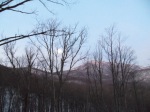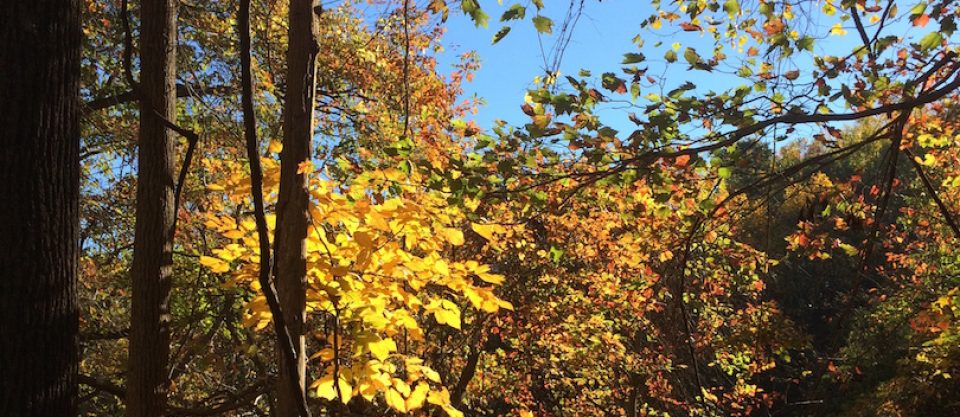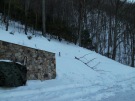Tags
anxiety, coyote, Elizabeth Bacon Custer, George Custer, Jessie Benton Fremont, John Charles Fremont, Louis Menand, Scott Stossel, The Atlantic, The New Yorker
 Making ‘special’ breakfast in the kitchen a few mornings ago, I looked up and saw a lone coyote slowly navigating the deer path in the woods above our house. He – I shall call him ‘he’ for lack of knowledge of the coyote’s gender – was skinny, his grey fur dirty and matted. Perhaps he saw me, too, for he stopped and looked in my direction. Or maybe he smelled our food and gave thought to shelter under our decks. He certainly smelled our dogs and saw their large tracks in the snow; he moved on, walking in the waning moonlight of dawn.
Making ‘special’ breakfast in the kitchen a few mornings ago, I looked up and saw a lone coyote slowly navigating the deer path in the woods above our house. He – I shall call him ‘he’ for lack of knowledge of the coyote’s gender – was skinny, his grey fur dirty and matted. Perhaps he saw me, too, for he stopped and looked in my direction. Or maybe he smelled our food and gave thought to shelter under our decks. He certainly smelled our dogs and saw their large tracks in the snow; he moved on, walking in the waning moonlight of dawn.
I wondered, where was his hunting pack? Maybe he’ll find some deer carrion or mice, which no doubt inhabit our woodpiles. Coyotes are omnivores and opportunistic eaters, but alone on a cold, snow-covered mountain, chance of survival seemed as slim as his body. There was nothing I could do – feeding him would only attract him and more.
At that moment, I realized I had looked into the face of anxiety.
Readings about anxiety have crossed my path in recent months. My friend Sarah Myers cited Orsillo and Roemer’s The Mindful Way Through Anxiety in her November 18, 2013 Noontimes reflection, which prompted me to download and read the book on my iPad. Then in the January/February 2014 issue of The Atlantic, journalist Scott Stossel wrote about his life-long struggles with acute anxiety disorder. (Also see The New Yorker, January 27, 2014 for Louis Menand’s review of Stossel’s book My Age of Anxiety.)
This past week between sessions of snow shoveling, I read some first-hand accounts written by women who lived in the United States during the 19th century – I’m writing an essay. Staying with her family while her husband John C. Frémont explored the western wilderness, Jessie Benton Frémont exhibited symptoms of anxiety: headaches, sleeplessness, joint pain and more – all of which disappeared when she and her husband reunited. Elizabeth Bacon Custer chose to follow her husband George Custer wherever the army sent him. “It is infinitely worse to be left behind,” she wrote in Boots and Saddles. “You eat your heart slowly out with such anxiety, and to endure such suspense is simply the hardest of all trials that come to the soldier’s wife.”
Both women also found relief from anxiety in work – and so do I, and in prayer. At night, I often wake in the middle of the night, mulling over this or that worry. My body tenses head-to-toe as I roll in bed, trying to find comfort. If I lie still and breathe slowly and pray, my body relaxes toe-to-head.
The lone coyote is the face of my anxiety, like the downed branch half-buried in snow beside our driveway. Along with that image, I hear the spring call of a phoebe. Both are the nature of things. And so, during wakeful nights, I give my worries to God and count my blessings.

